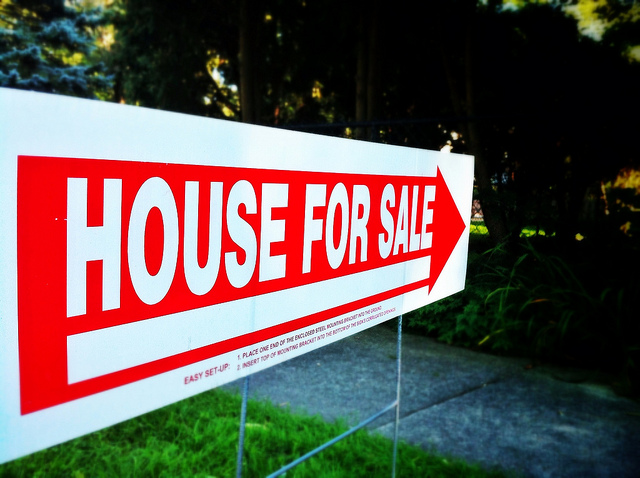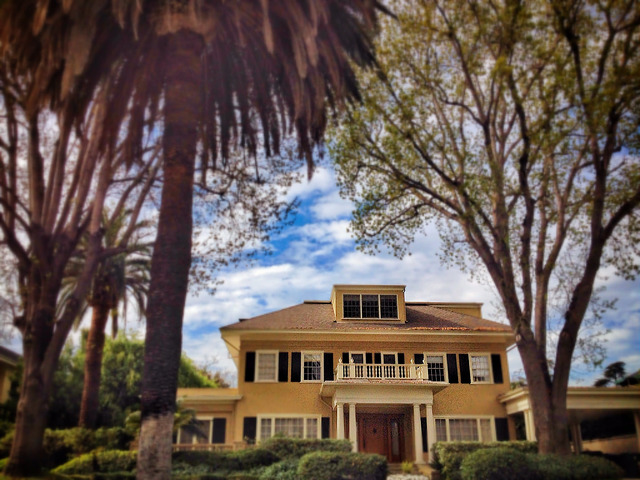How we buy homes has undergone a significant transformation in the past year. The proof is in newly released data that shows a record number of recent home buyers made an offer on a home without having ever visited it in person. The numbers, from an online real-estate portal, show 63 percent of buyers who purchased a home last year made an offer without having seen the property. That’s up from 32 percent one year earlier and 45 percent in July 2020. So what’s driving the trend? Well, mostly it’s the COVID-19 pandemic. The virus caused us all to change the way we do things, including buying a home. After its onset, home buyers became more comfortable using technology like virtual home tours to further explore listings that caught their eye online. It also meant more Americans working from home, which lead home shoppers to look for houses in areas that weren’t as easy to get to for an in-person walkthrough. The combination of pandemic, technological advancement, and remote work means an increasing number of us have had to – or have chose to – take our home search virtual. It remains to be seen, though, whether or not the trend will continue after the virus subsides. (source)












